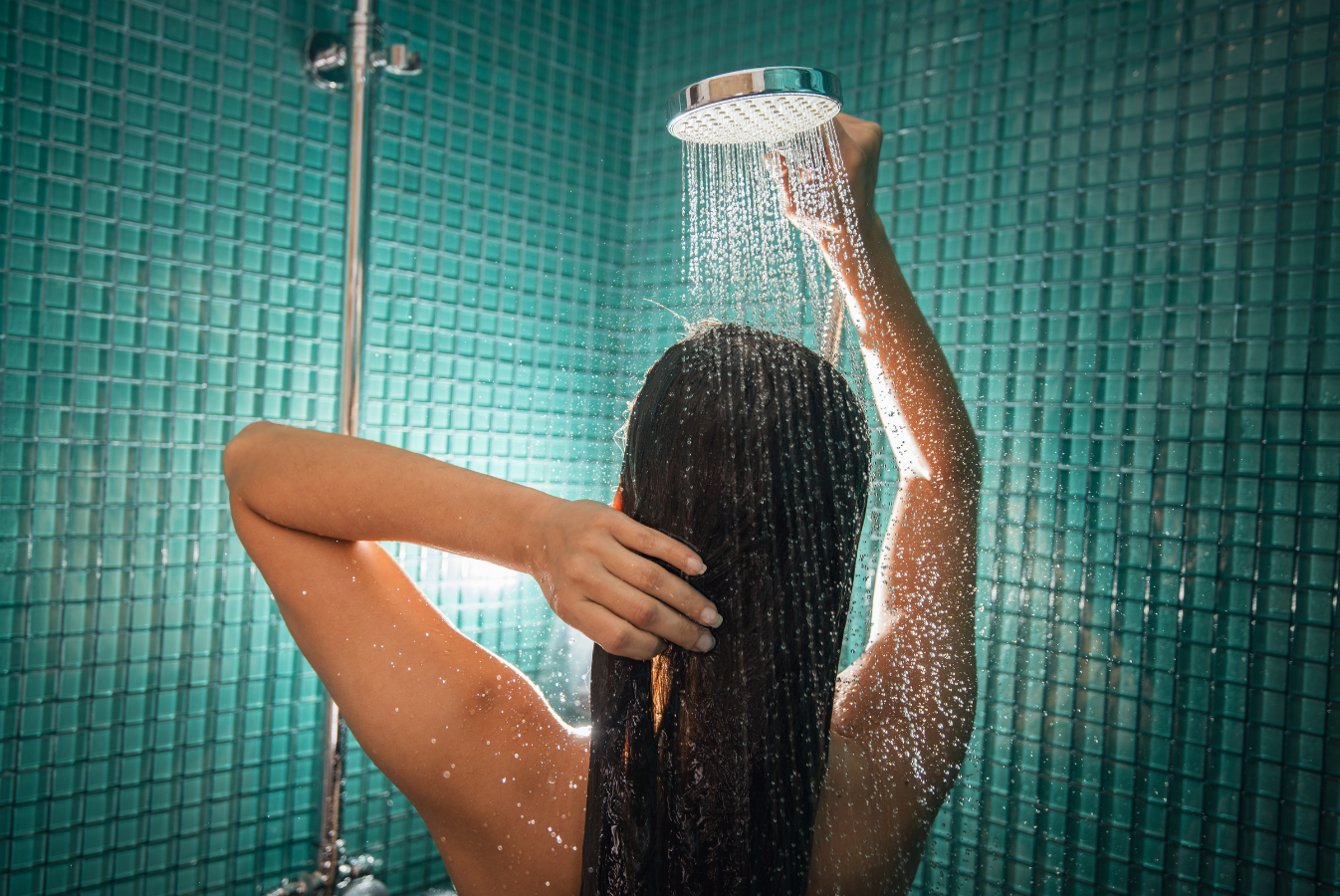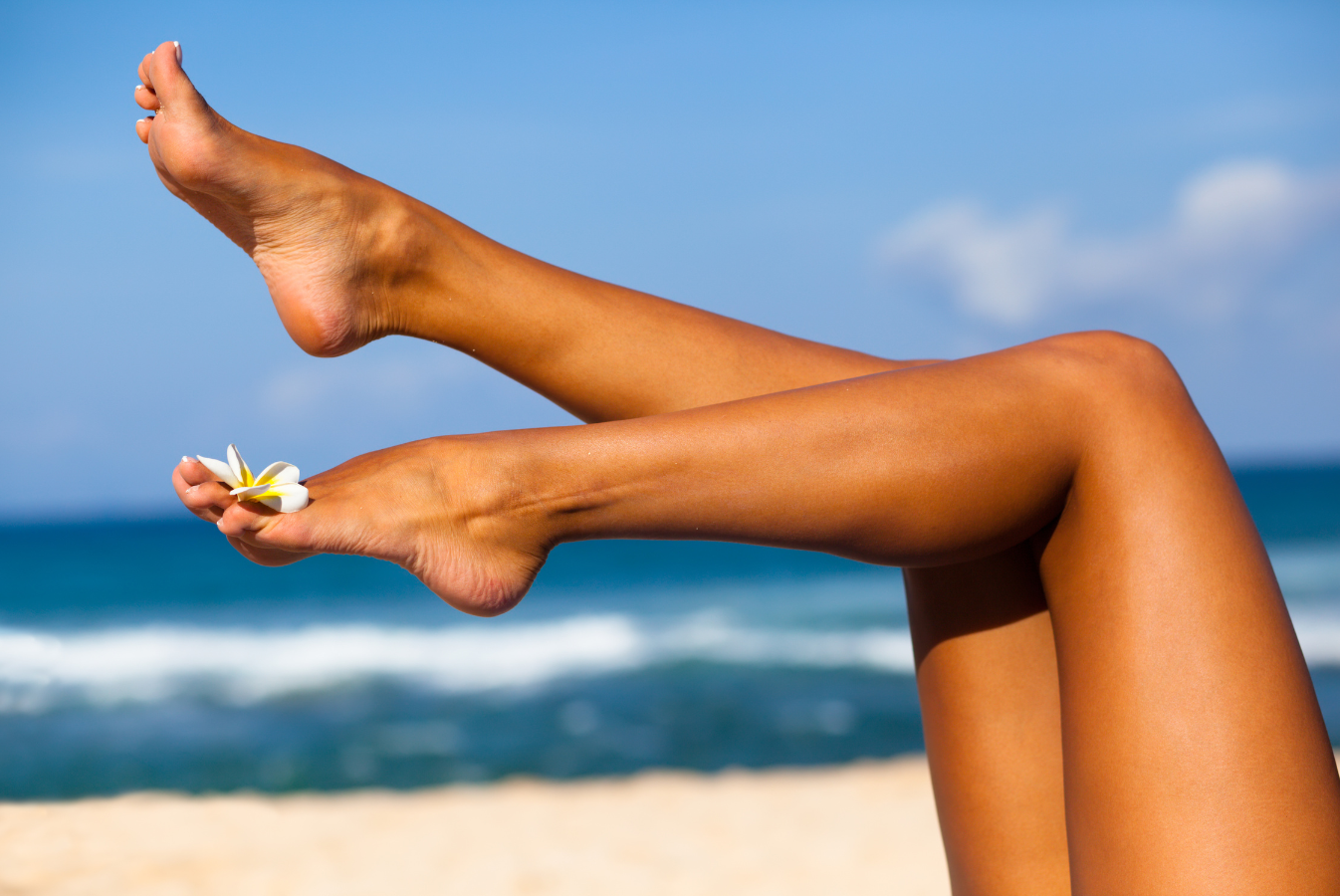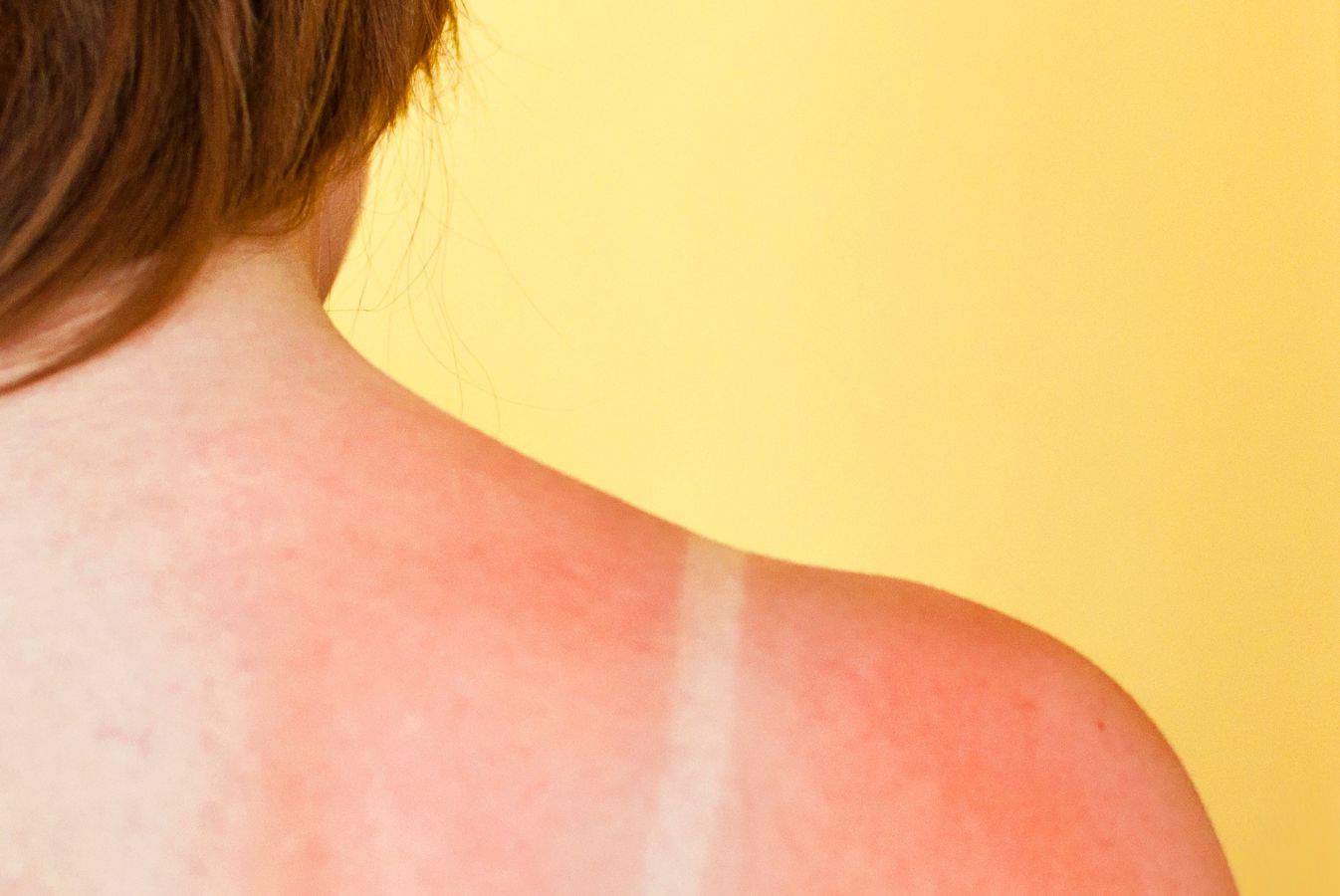It’s a question we’ve all wondered at some point: “Can you tan with sunscreen?” Can you tan while wearing sunscreen? With summer in full swing, let’s dive into the facts, debunk some myths, and learn how to achieve that sought-after glow without compromising our skin’s health.
Table of Contents
Understanding Tanning and Sunscreen

Tanning is a natural response of our skin to the sun’s ultraviolet (UV) radiation, producing a pigment called melanin that darkens our complexion. Sunscreen, on the other hand, is our ally in a healthy tan, protecting our skin from the harmful effects of UV radiation.
But how does this essential skin care product interact with the tanning process? Let’s explore the science behind tanning and how sunscreen works.
The Science Behind Tanning
The desire for a sun-kissed look often leads us to bask under the sun’s rays, but did you know that tanning is actually a sign of skin damage? When our skin is exposed to UV radiation, it causes genetic damage to the cells on the outermost layer of our skin. In response to solar radiation, our skin produces melanin, a pigment that protects us from further UV damage. While melanin may give us that coveted tan, it’s important to remember that it’s our body’s way of signaling that our skin has suffered damage.
The risk of skin cancer, particularly melanoma, increases with repeated exposure to UV radiation. Detecting skin cancer in its early stages is crucial, as it can significantly reduce the risk of mortality. So, while the sun may provide us with a temporary bronzed glow, it’s essential to prioritize our skin’s health above any sun damage and all else.
How Sunscreen Protects Your Skin
Sunscreen acts as a shield between our skin and the sun’s UV radiation, protecting us from potential damage and reducing the risk of sunburn, a major contributor to skin cancer. But how does sunscreen work its magic? There are two types of sunscreens: chemical and mineral sunscreen. Chemical sunscreens absorb and transform UV radiation, while mineral sunscreens deflect it.
To make sure we’re getting the best protection, it’s important to choose a broad-spectrum sunscreen that guards against both UVA and UVB rays. UVA rays penetrate deeper into the skin, causing premature aging, while UVB rays are responsible for sunburn and skin cancer. Experts recommend using a water-resistant sunscreen with a minimum SPF of 30 for daily use. Those with fair or sensitive skin, or a family history of skin cancer, should opt for a higher SPF.
Can You Tan While Wearing Sunscreen?

Now that we know how sunscreen works, let’s answer the burning question: can you tan while wearing sunscreen? The answer is yes, it’s possible to get a tan even with sunscreen on. However, the degree of tanning depends on various factors, such as the sunscreen’s SPF, its type, and the amount applied.
Although sunscreen can reduce tanning, it doesn’t completely prevent it, as no sunscreen offers 100% protection against UV radiation.
Factors Affecting Tanning with Sunscreen
The primary factor influencing tanning with sunscreen is its Sun Protection Factor (SPF). SPF serves as an indicator of the amount of protection a sunscreen offers against UV rays. Generally, the higher the SPF, the greater the protection.
Another factor to consider is the type of sunscreen used: mineral or chemical. Broad-spectrum mineral sunscreens provide better protection against both UVA and UVB exposure.
The amount of sunscreen applied also plays a role in tanning. It’s recommended to apply a generous portion (approximately one ounce or two tablespoons) for the entire body, and reapply every two hours or after swimming or sweating. Not applying enough sunscreen reduces its effectiveness, potentially leading to a more significant tan.
The Importance of Broad Spectrum Sunscreen
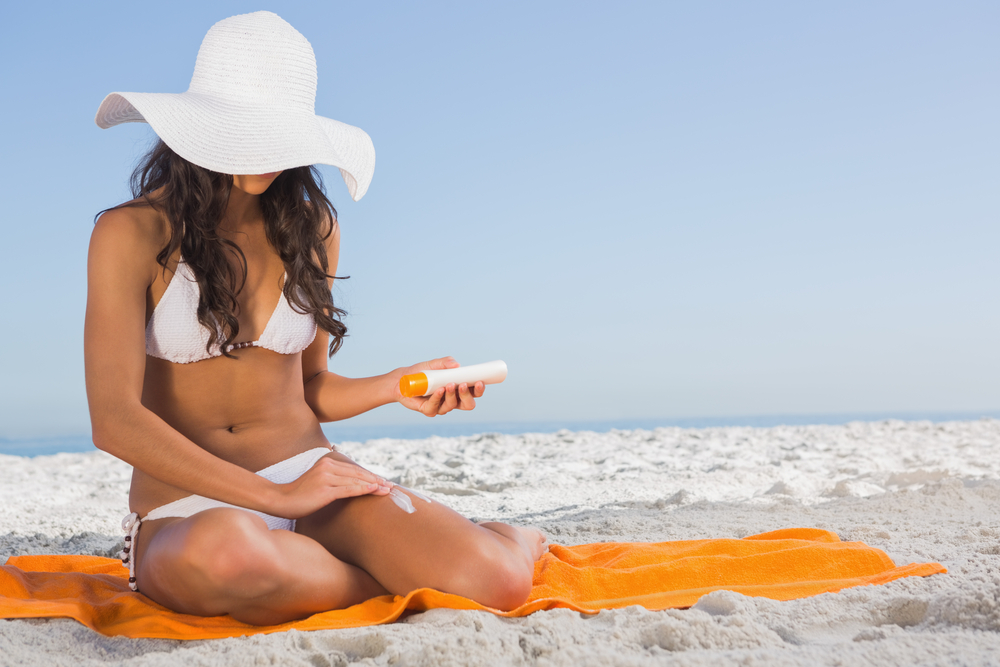
Broad-spectrum sunscreen is essential in our quest for sun protection, as it guards our fair skin against both UVA and UVB rays. In addition to choosing a broad-spectrum sunscreen, opting for a water-resistant formula is also highly recommended. Water-resistant sunscreen stays on the skin longer, providing continuous protection without dissolving off.
Let’s discuss how to choose the right sunscreen for your unique skin type and sun exposure needs.
Choosing the Right Sunscreen
Selecting the appropriate sunscreen for your skin type and sun exposure level is crucial to ensure maximum protection. Broad-spectrum mineral sunscreens, such as those containing zinc or titanium-based formulas, are a popular choice for their ability to shield against both UVA and UVB rays. However, chemical sunscreens may also be suitable depending on your skin’s needs.
When deciding on the right sunscreen, consider your skin type, the amount of sun exposure you expect, and any pre-existing skin conditions or family history of skin cancer. Consult with a dermatologist if you’re unsure which sunscreen is best for you.
Remember, it’s always better to be safe than sorry when it comes to sun protection.
Responsible Tanning: Is It Possible?
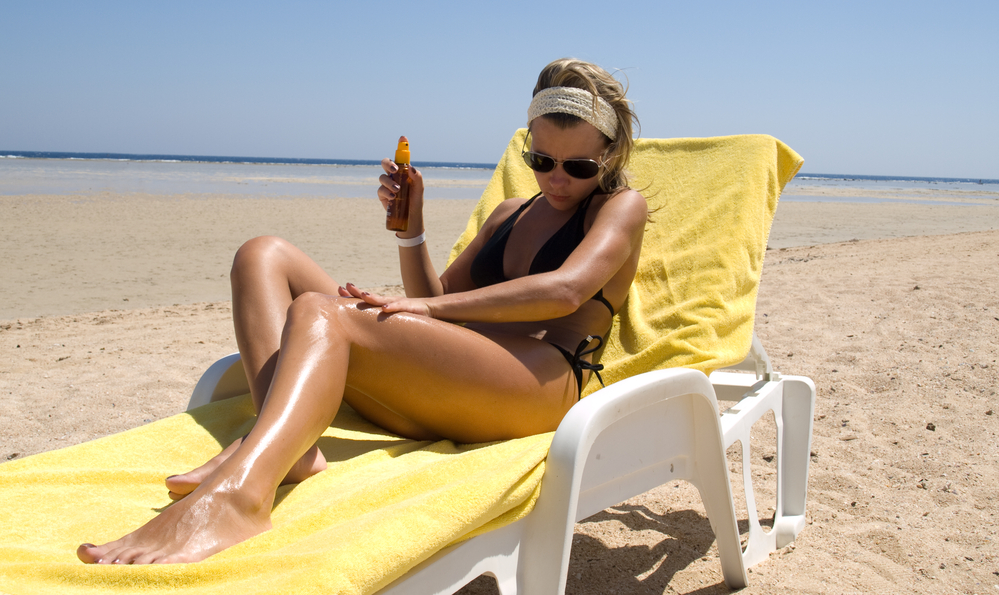
While we’ve established that tanning with sunscreen is possible, it’s important to remember that any exposure to UV radiation comes with risks, including skin injury, premature aging, and skin cancer. Tanning without sunscreen is never “safe”. In fact, there’s no such thing.
So, is there a responsible way to achieve a sun-kissed glow without compromising our skin’s health? Enter self-tanning alternatives.
Self-Tanning Alternatives
Self-tanners are a game-changer for those seeking a bronzed look without the dangers of traditional tanning methods. These products contain a skin-safe ingredient called dihydroxyacetone (DHA) that interacts with the amino acids in the top layer of your skin, producing a temporary tan without the need for UV exposure.
Popular self-tanning products such as Australian Gold Sunscreen Lotion with Kona Coffee Infused Bronzer SPF 30, Hawaiian Tropic Protective Tanning Oil Spray SPF 30, and Sun Bum Browning Lotion not only provide an even, natural-looking tan, but also offer protection against both UVA and UVB rays. With self-tanners, you can achieve that summer glow without putting your skin at risk.
Sunscreen and Vitamin D: Debunking Myths

A common concern is that sunscreen might inhibit our body’s ability to absorb vitamin D from the sun’s rays. While it’s true that sunscreen may slightly reduce vitamin D intake, this reduction is not significant enough to cause a deficiency.
There are other factors, such as latitude, season, time of day, clothing, and skin tone and pigmentation, that can also impact our body’s ability to produce vitamin D. So, how can we ensure we’re getting enough of this essential nutrient?
Sources of Vitamin D
Vitamin D can be obtained from multiple sources, including diet, supplements, and sunlight exposure. Dietary sources of vitamin D include fatty fish like salmon, mackerel, and sardines, fish liver oils, egg yolks, beef liver, cheese, and fortified foods such as cereals, orange juice, and dairy products.
If you’re concerned about your vitamin D levels, consider incorporating these foods into your diet or taking supplements in pill or liquid form. It’s also worth noting that our skin can produce vitamin D upon exposure to ultraviolet B (UVB) radiation from the sun. However, it’s essential to practice safe sun exposure by wearing sunscreen with an appropriate SPF and following the sun safety tips we’ve discussed throughout this article.
Tips for Effective Sun Protection
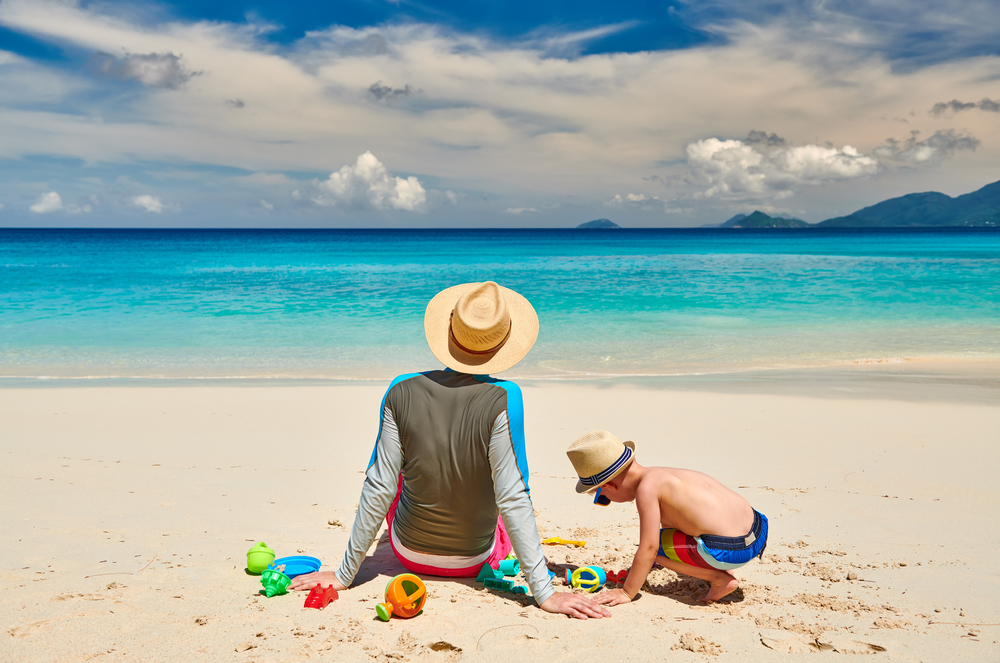
To ensure that you’re adequately protected from the sun, it’s crucial to apply sunscreen correctly and reapply it every two hours or after swimming or sweating. But there’s more to sun safety than just slathering on sunscreen.
Let’s explore some additional measures you can take to shield your skin from harmful UV rays.
Sun Safety Beyond Sunscreen
Aside from applying sunscreen, there are other ways to protect your skin from the sun’s harmful ultraviolet rays. One effective strategy is to wear lightweight, loose-fitting protective clothing that covers as much of your skin as possible. Wide-brimmed hats and sunglasses with UV protection can also help shield your face and eyes from the sun.
Another crucial sun safety tip is to seek shade during peak UV hours, typically between 10 am and 4 pm when the sun’s rays are most intense. By taking these additional sun safety measures, you can further reduce your risk of skin damage and skin cancer while still enjoying your time outdoors.
Summary
In conclusion, while it is possible to tan while wearing sunscreen, it’s essential to prioritize skin health and practice responsible sun protection. Broad-spectrum sunscreen, protective clothing, and sensible sun exposure habits can help against skin cancers and reduce the risks associated with UV radiation. Remember, there’s no such thing as a “safe” tan, but self-tanning alternatives can provide a sun-kissed look without the dangers of traditional tanning. Stay informed, stay sun-safe, and enjoy your summer with confidence.
Frequently Asked Questions
How long do you have to be in the sun to tan with sunscreen?
For the best results, stay out in the sun for 1-2 hours with sunscreen on. It is important to be aware that both tanning and burning take a while to occur, so don’t worry if you don’t see results right away.
Wear sunscreen for the best protection!
What’s the best SPF for tanning?
If you want to get a tan, the best SPF to use is between SPF 30 and SPF 50. This will give you the right balance of protection and sun exposure that you need in order to achieve the desired results.
Protect your skin from harm and enjoy your time in the sun safely!
Can you still get a tan with sunscreen on?
Yes, you can still get a tan with sunscreen on. Sunscreen has been developed to reflect and absorb most of the sun’s UV rays. As a result, some of the rays are still able to penetrate your skin, allowing you to tan while still protecting yourself from the sun’s harmful effects.
Will sunscreen prevent skin darkening?
No, sunscreen does not completely prevent skin darkening. While wearing sunscreen provides some protection from the sun’s ultraviolet rays and may reduce the chances of skin darkening, it cannot guarantee complete protection.
Sunscreen should be used in conjunction with other protective measures, such as wearing protective clothing and avoiding sun exposure during peak UV hours.
Can I still tan with SPF 30?
Yes, you can still tan with SPF 30, although the protection against UVA and UVB rays is higher than lower SPF values. While SPF 30 blocks out 97% of the sun’s ultraviolet radiation, a small proportion of these rays will still reach the epidermis and generate the tanning mechanism.




